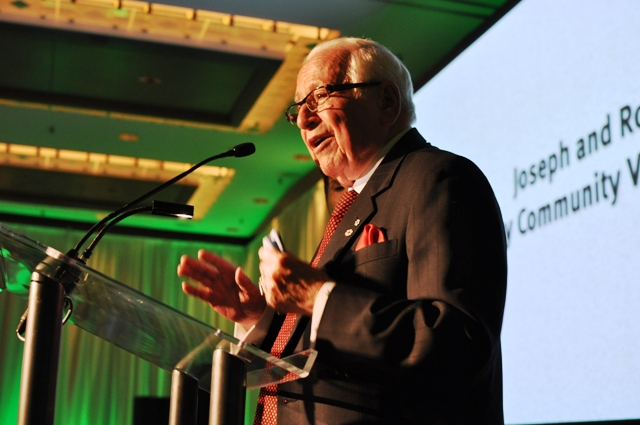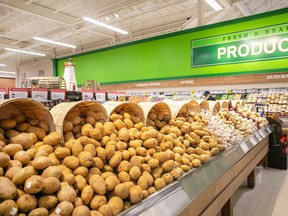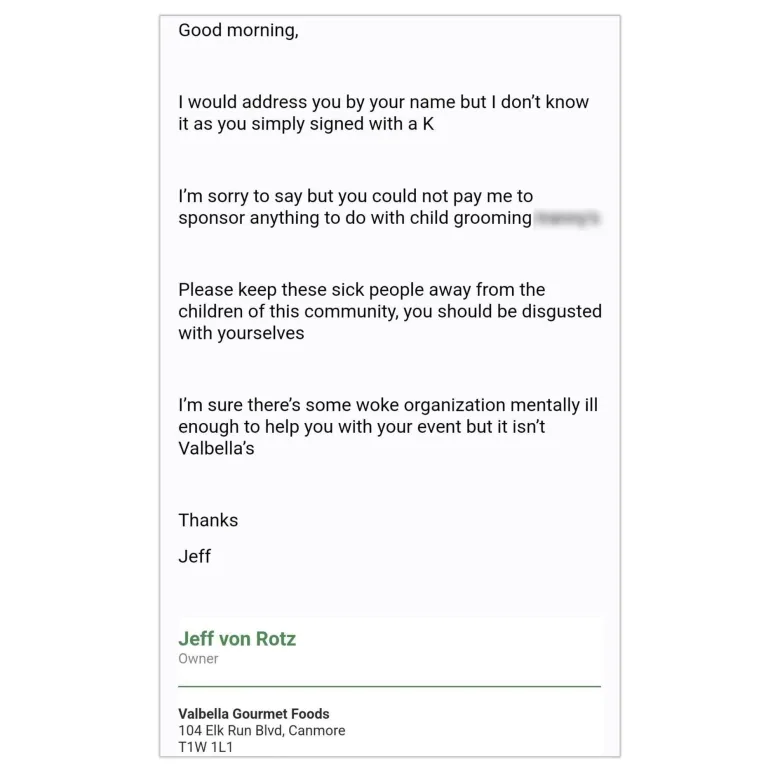Contained in the enterprise of ghost kitchens: ‘It’s a streamlined service’
:format(jpeg)/cloudfront-us-east-1.images.arcpublishing.com/tgam/VAEPWIPENBDSXLO5XXEFXYZWTU.jpg)
:format(jpeg)/cloudfront-us-east-1.images.arcpublishing.com/tgam/VAEPWIPENBDSXLO5XXEFXYZWTU.jpg)
Chadi Charchafji makes use of ghost kitchen Q-ZN in Montreal for his 5 restaurant manufacturers, together with Shodz French tacos and poutines. He doesn’t have a retailer entrance and operates utilizing supply apps to get his meals to clients.Josie Desmarais/The Globe and Mail
When Chadi Charchafji moved to Montreal from the Center East in 2018, the Armenian-Syrian restaurateur had misplaced most of his enterprise to conflict. His household had operated all the things from eating places serving sushi or Syrian delicacies, to espresso homes and nightclubs in Syria, Lebanon and Iraq till the Syrian civil conflict broke in 2012. “It was very robust on us, again within the Center East,” Mr. Charchafji says. “However we would have liked to start out recent once more.” Whereas settling his household in Canada, he studied the native restaurant market and noticed alternative within the development of supply apps like UberEats, Doordash and SkipTheDishes.
In 2020, he launched 5 restaurant manufacturers: Shodz French tacos and poutines, Tik Tacos, Le Projet Steak Fromage, Les Merveilleux Tenders de Poulet and Philippe’s . However all of them operated from one kitchen and with no storefront. Mr. Charchafji embraced the ghost kitchen mannequin, relying solely on digital advertising and marketing and a presence on supply apps whereas working from a rental kitchen to serve patrons. He says he’s constantly seen month-over-month development of 5 to 7 per cent since opening on the onset of the pandemic.
Whereas rental kitchens are nothing new within the meals companies business, notably for restaurant meal preparation and catering, the ghost kitchen mannequin capitalizes on the rising use of supply apps by serving meals solely by means of supply or pick-up. A McKinsey report says the worldwide meals supply enterprise has tripled in worth since 2017, topping US$150-billion.
In response to a Eating places Canada operators’ survey, the variety of companies opening digital kitchens had doubled after the beginning of the pandemic – from 3 per cent to 7 per cent. “Which may not sound big,” says James Rilett, vice-president at Eating places Canada, however Ontario alone has 30,000 operators, so “a 4-per-cent soar is a number of places,” he explains. Furthermore, one other 8 per cent of operators stated they’re contemplating opening a digital kitchen inside the subsequent 5 years.
Gamers throughout the business are exploring the mannequin – from worldwide chains like Wendy’s, which opened seven food-truck-like “supply kitchens” in Canada and plans to open 700 within the subsequent 5 years throughout the U.S., Canada and the U.Ok., to particular person house owners like Mr. Charchafji, who operates out of Q-ZN, a Montreal kitchen rental area particularly geared towards ghost kitchens. With 16 separate 250-square-foot kitchens, Q-ZN’s companions embody digital-only eating places like Mr. Charchafji’s manufacturers, established brick-and-mortar eating places increasing their supply presence and capability in Montreal, and extra conventional rental kitchen customers like bakers and caterers, says Jason Nishmas, Q-ZN’s vice-president of operations.
“It’s very tough to take care of a bricks-and-mortar restaurant versus what now we have right here, the place you don’t want that many staff,” Mr. Nishmas explains. And with traditionally skinny revenue margins, Mr. Charchafji understands the problem conventional eating places face with the expansion of supply apps. “It’s not what they’re used to,” he says. “There is no such thing as a restaurant in Canada that takes in a 30-per-cent web revenue – simply to be given to Uber.”
Furthermore, the up-front capital prices of a bricks-and-mortar restaurant will be prohibitive for potential restaurateurs. “I’ve been within the restaurant tools business for a very long time. I’ve seen tons and tons of installations [cost] within the thousands and thousands,” says Mr. Nishmas. As an immigrant who misplaced his companies again residence, Mr. Charchafji says: “I consider that if I used to be actually working a [dine-in] restaurant, I might have taken an enormous monetary threat. This was the fitting alternative for me.”
Areas like Q-ZN don’t simply supply the kitchen area, although. The infrastructure is optimized for deliveries, with employees to handle the dealing with of orders to drivers, who can wait on the espresso lounge as their deliveries come off the fryer or grill.
Related companies exist throughout the nation, like Kitchen Hub, which operates out of Toronto. Chief government officer Adam Armeland says companies like his are doing extra than simply tailoring their bodily format for supply. “Layered on high of [the kitchen] is the way you do e-commerce by your self as a restaurant,” says Mr. Armeland. Kitchen Hub’s software program for operators integrates orders throughout all apps into one program, they usually assist with monitoring gross sales, developments and supply advertising and marketing options to their purchasers. And for larger client comfort, clients can order from a number of eating places in a single consolidated supply. “It’s a extremely streamlined service,” he says.
Each companies are in excessive demand; Q-ZN’s areas are totally booked, and they are going to be opening one other area in Montreal, whereas Kitchen Hub plans to open 50 places inside the subsequent 5 years.
However not everybody within the ghost kitchen area makes use of such amenities – and even the supply apps. John Nidua, government chef on the Residence Inn by Marriott resort in downtown Calgary, began PAO YYC, a Filipino bun restaurant when his catering facet hustle was halted by the pandemic.
“We determined to open as a result of we have been paying hire, so we’d as nicely have used it,” Mr. Nidua says. With a small area and solely a handful of employees, together with his spouse, the order quantity of the apps would have been an excessive amount of to deal with. He opts for purchasers submitting pre-orders, which he delivers himself. However in contrast to Mr. Charchafji, for Mr. Nidua “the tip sport is a storefront,” he says.
“It received’t be massive. Will probably be extra like an consuming bar with takeout,” Mr. Nidua says, conserving in thoughts the supply development. “However you continue to get extra traction with the storefront. You continue to get extra gross sales, extra income.” Whereas supply apps and the pandemic have modified how we eat out, the normal dine-in mannequin nonetheless “It’s the social facet of consuming out, proper? It’s really speaking to individuals, explaining what the meals is. It’s simply the entire eating expertise.”
Editor’s word: An earlier model of this story included incorrect details about John Nidua. The article has been up to date.





